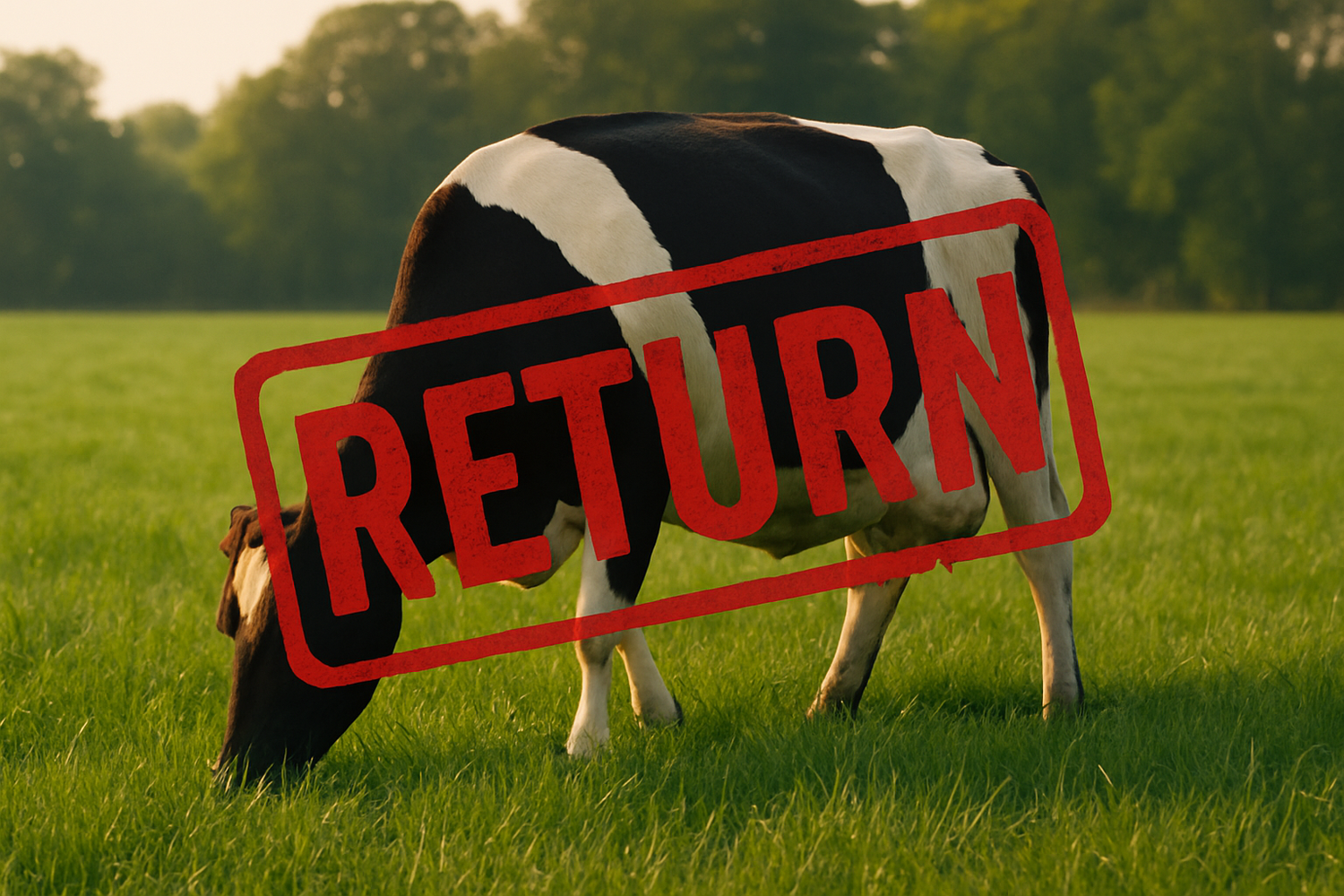The Hidden Cost of Metabolic Issues Starts Before Calving — It Starts Now.
You can’t always see it. But by the time milk fever, ketosis or a slow start to lactation show up…
…you’ve already paid the price.
Metabolic issues cost the average Kiwi dairy farm roughly $75,000 a season — and most of that damage is done before calving. It’s cemented during the dry period and transition.
We’re not pointing fingers. We know dry cow and transition management can seem overwhelming — it happens at the busiest time of year, across multiple mobs, in cold conditions, and when you’re knackered.
Poor nutrition is the fuel.
And stress is the accelerant.
Put them together, and you’ve got a metabolic fire waiting to burn through your margins.
THE COST OF GETTING IT WRONG
According to DairyNZ, for every one clinical down cow, there are SEVEN more subclinical cases you’re not seeing.
Those are the cows that:
- Calve slowly
- Slow to cycle
- Slow rumination recovery
- Struggle to hit peak milk
- Quietly drop out of your system
They’re the ones that cost you silently — in repro losses, vet visits, lost production etc.
A TIMELINE TO STAY AHEAD OF METABOLIC ISSUES
We’ve broken the dry cow period into three key phases. Each one matters — here’s what to focus on, and when.

1. DRYING OFF
Drying off is a physiological stress event. Done poorly, it kicks off inflammation — and sets the tone for everything that follows.
What to do:
- Keep feeding a full in-milk diet right up to her last milking.
- Reduce protein only on the day of drying off and the two days following.
- Change her routine — e.g. shift milking times to signal the transition.
- Provide space and fibre — use hay or straw to keep her full and calm.
- Maintain mineral support — Se, Zn, Cu, and continue Ca and Mg (essential for teat closure and immune defence).
Aim: Fast, clean drying off with minimal inflammation = less metabolic fallout later.
2. WINTER FEEDING
Don’t Let the System Create Stress. Most dry cow issues don’t come from neglect — they come from unintended stress.
Avoid:
- Inconsistent or gappy feeding
- Cold, wet, or crowded paddocks
- High insulin from sugary crops or lush grass
- Protein overload without adequate fibre
- Inadequate nutrient support in the final trimester
What to do:
- Feed for two — aim for 120 MJ/day energy (minimum), with 12% protein (minimum).
- Keep the rumen ticking — avoid long gaps without feed.
- Balance minerals with purpose — not just blocks, but targeted support.
- Avoid inflammatory feeds — mycotoxins, poor-quality silage, unbuffered crops.
Stress = inflammation. Inflammation = metabolic chaos. Break the cycle before it starts.
3. THE TRANSITION PERIOD
Set Her Up to Sprint — Not Stumble
The 3 weeks before and after calving — this is her most critical metabolic window.
She’s shifting from dry to lactating. Her rumen must expand. Her energy demands skyrocket. She’s also giving birth. There's a lot going on.
The goal?
Minimise metabolic issues and get her firing from Day 1.
What to do:
- Limit grass — too much potassium, nitrogen, not enough energy.
- Feed 2–4kg of straw or hay daily — improves rumen function and calcium mobilisation.
- Supplement magnesium (We can suggest the best combination).
- Provide vitamin A + D, and key trace elements: Se, Zn, Co.
- Introduce the energy-dense feed she’ll get in the shed (with high starch and buffer support).
The pay off when dry cow and transition management are dialled in:
- You cut down time treating down cows.
- You lift repro performance.
- You get cows hitting peak milk faster — and staying there.
- You reduce stress — on both sides of the fence.
Dry cow nutrition isn’t downtime. It’s the foundation of the next lactation.
LET’S MAKE IT EASIER
We get it — it’s a moving target. Crops, weather, feed supply, decisions and staffing…
But with the right support, it's manageable.
We’re here to help simplify the process — with plans and support that actually work.
Every year we work with farmers across NZ to build straightforward manageable plans that deliver fewer issues and better results.
- - -
Calculate Your Farm's Potential Loss this Season :
>> Click Here <<
>> Click Here <<

Want to go deeper on the science?
Read up on the first principles:





